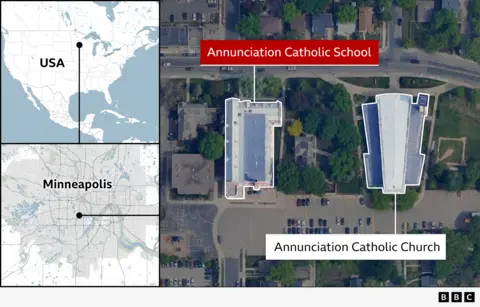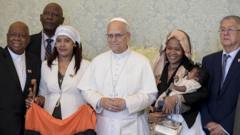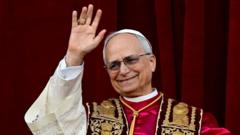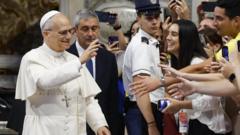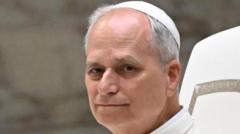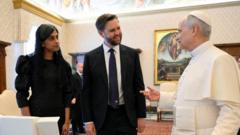Pope Leo XIV presided over his inaugural Mass this past Sunday, a moment that recalls the historical practices of papal coronation. Until 1964, new popes were ceremoniously crowned with a golden tiara, an ornate piece of art symbolizing their authority. In a significant shift, Pope Paul VI chose to abandon this tradition and began a new practice where popes wore miter hats instead.
Historian Thomas B. Morgan noted that past coronation ceremonies, like that of Pope Pius XI in 1922, were resplendent affairs, often more lavish than royal ceremonies. Indeed, this ceremony included a spectacular moment of crowning that drew vast crowds, such as the enthralling scenes captured during Pope Pius XII's coronation in 1939 and Pope John XXIII's in 1958, where the newly crowned pope was heralded as the “vicar of Christ on earth.”
In his installation Mass on October 22, 1978, Pope John Paul II referenced the historic practice of crowning, asserting the need to shift focus away from the tiara, which some viewed as a representation of the papacy's temporal power. The last tiara, once worn by papal leaders, now rests in the Basilica of the National Shrine of the Immaculate Conception in Washington, D.C., indicative of the shift towards modernity in the Catholic Church's ceremonies.
Furthermore, Pope Paul VI innovated the location of the inaugural Mass itself by moving it to a public area outside St. Peter’s Basilica, symbolizing the church's increased openness to the world. This tradition carries on today, as solemnities are held before the people rather than within the confines of the papal walls.
Elisabetta Povoledo continues to explore the intricate history and evolving traditions of the papacy from her base in Rome.
Historian Thomas B. Morgan noted that past coronation ceremonies, like that of Pope Pius XI in 1922, were resplendent affairs, often more lavish than royal ceremonies. Indeed, this ceremony included a spectacular moment of crowning that drew vast crowds, such as the enthralling scenes captured during Pope Pius XII's coronation in 1939 and Pope John XXIII's in 1958, where the newly crowned pope was heralded as the “vicar of Christ on earth.”
In his installation Mass on October 22, 1978, Pope John Paul II referenced the historic practice of crowning, asserting the need to shift focus away from the tiara, which some viewed as a representation of the papacy's temporal power. The last tiara, once worn by papal leaders, now rests in the Basilica of the National Shrine of the Immaculate Conception in Washington, D.C., indicative of the shift towards modernity in the Catholic Church's ceremonies.
Furthermore, Pope Paul VI innovated the location of the inaugural Mass itself by moving it to a public area outside St. Peter’s Basilica, symbolizing the church's increased openness to the world. This tradition carries on today, as solemnities are held before the people rather than within the confines of the papal walls.
Elisabetta Povoledo continues to explore the intricate history and evolving traditions of the papacy from her base in Rome.


